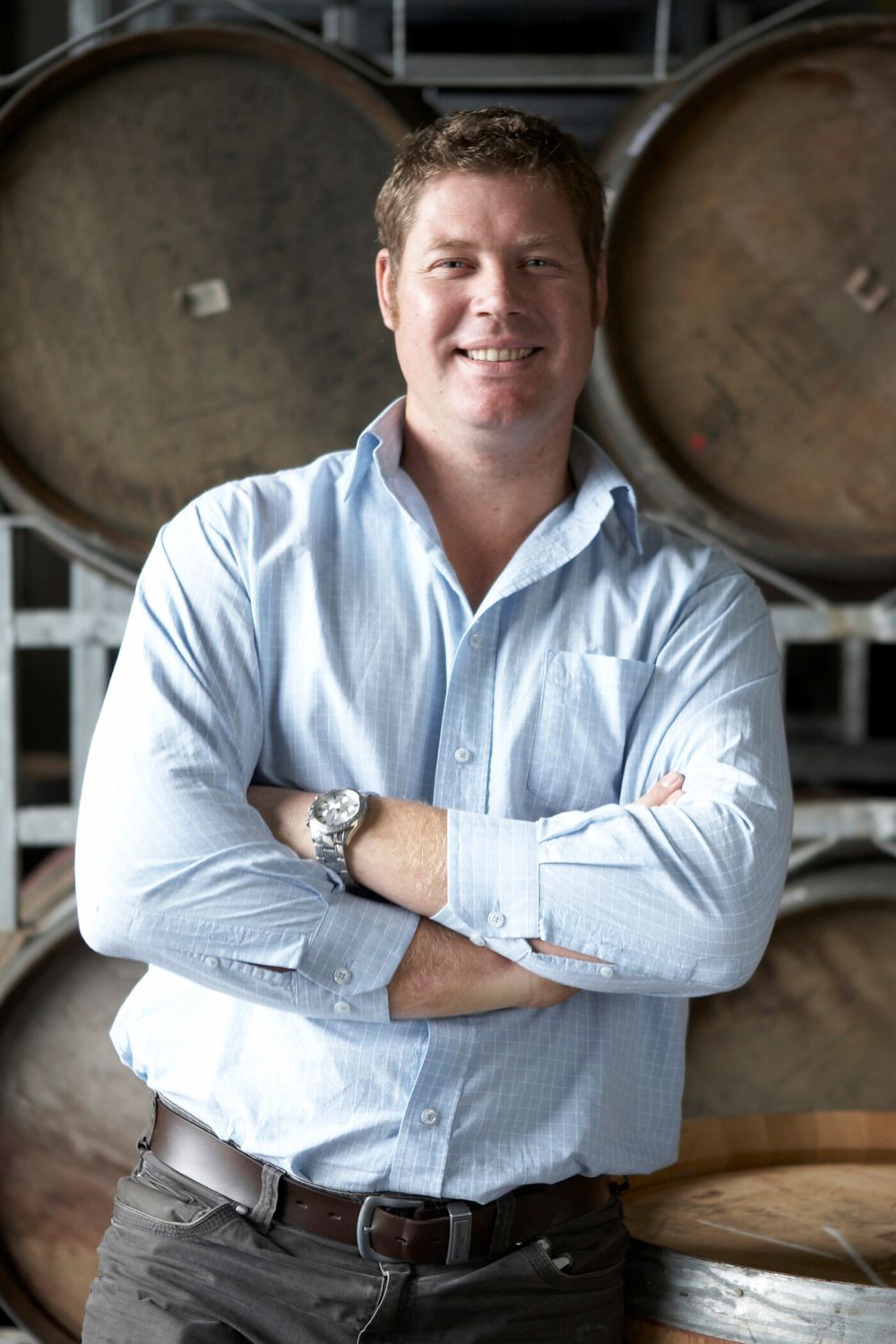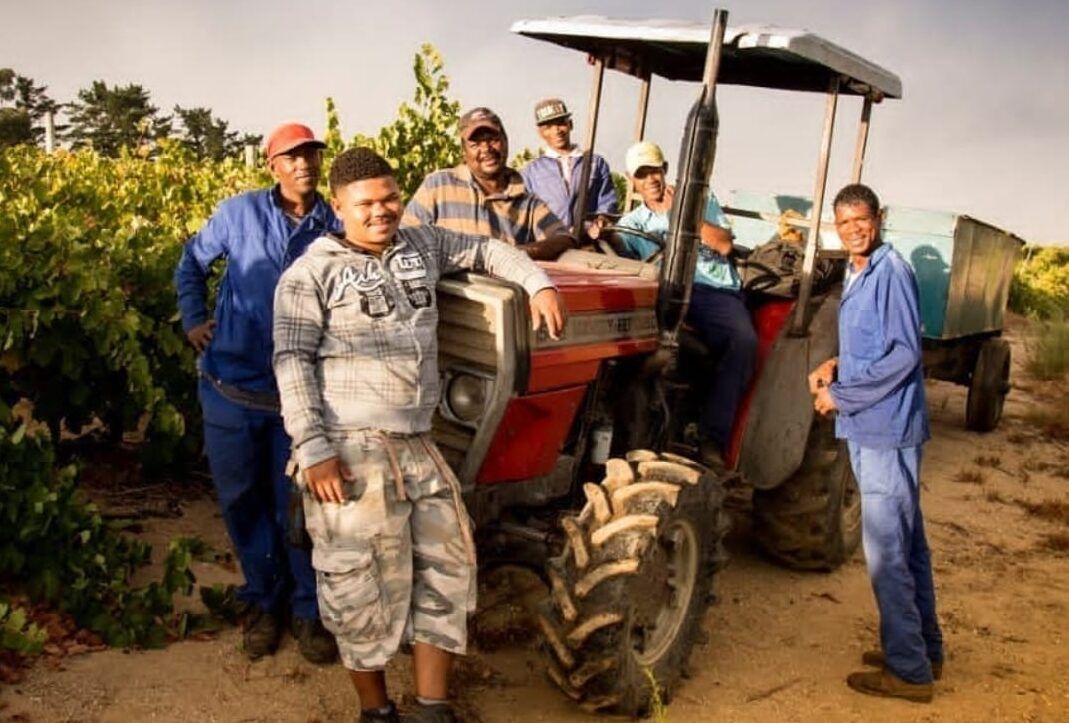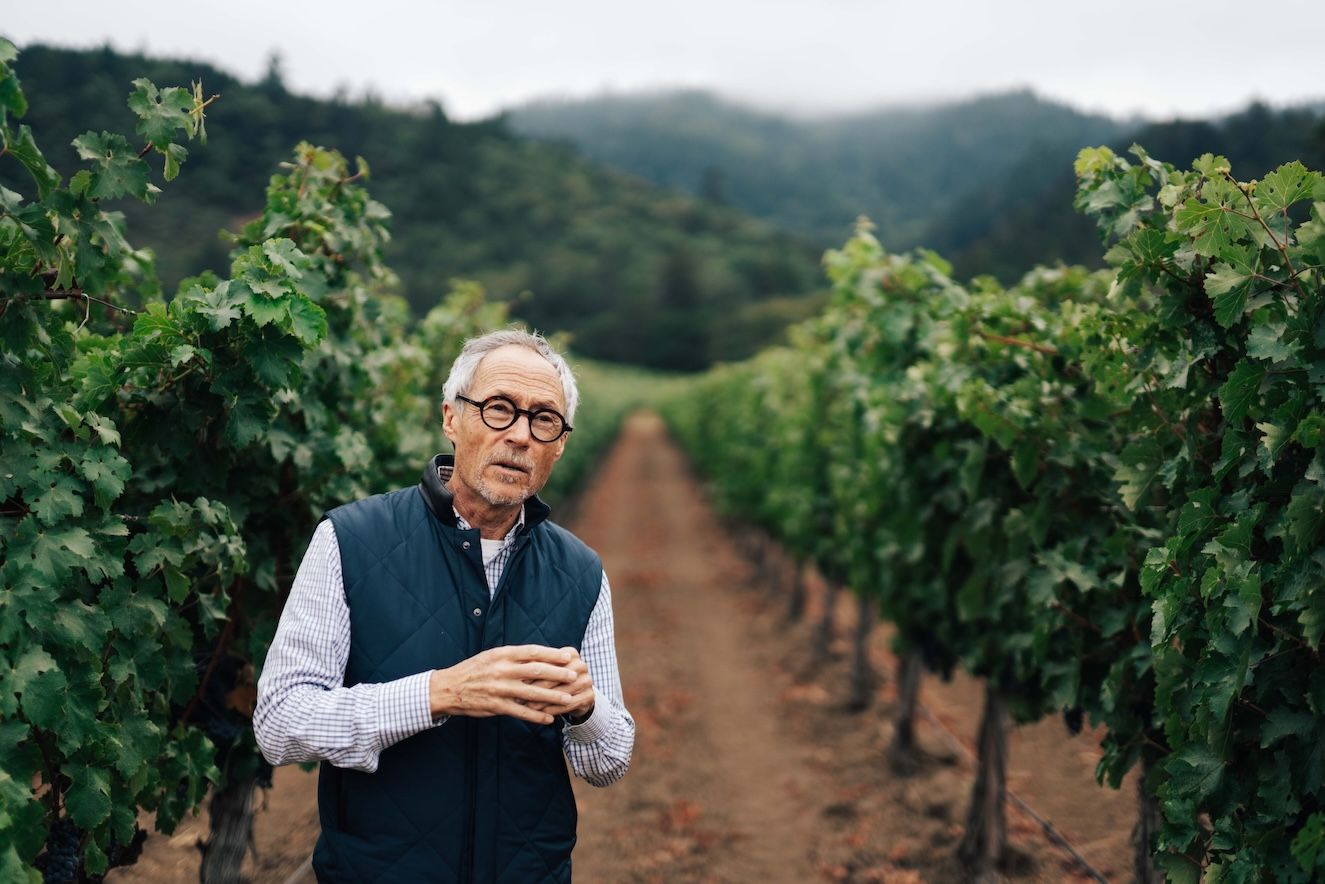“In South Africa we have always talked about diversification, but the key to the coming of age in South Africa is the drive for specialisation, figuring out what works in our farms then, when things get tough, (such as we saw with Covid) the things that you are best known for will be the things that will sell,” says Jordaan.
The South African New Wave of winemakers has been hogging the headlines for the past four years with a new breed of young, enthusiastic, well-travelled winemaker showing how anything is possible in the Swartland. Wines of South Africa’s Intrepid tastings in 2016 led the charge with ‘Offbeat’ tables, highlighting unexpected varietals and styles. A year later it was the New Wave South Africa tasting which took everyone by storm. Wave? this was a tsunami of ‘anything goes’ enthusiasm and talent.
It is no coincidence then, that the Stellenbosch Cabernet Collective was formed the same year, 2017, as a way of balancing the media attention to a classic variety that is made to international fine wine standards. After all, Stellenbosch is South Africa’s largest Wine of Origin district, home to more than a third of Cape wineries, with the largest vineyard area under Cabernet Sauvignon, and it felt like the international media was leaving it behind.
This month’s Zoom tasting of top Stellenbosch Cabernets was just one of a large number of media events to carry on the ‘good fight’.

Christo Le Riche
“Stellenbosch is diverse and we’ve got an amazing group of winemakers and properties – we’ve got over 170 different producers – but within this diversity Cabernet has really put its hand up as one of our leading varietals,” explains Christo Le Riche, chair of the Cabernet Collective. “I think it’s one of those grapes that can really sustain Stellenbosch – whether we’re doing that in larger volume production with the likes of Spier or Kleine Zalze or whether it’s going into a real focus like Kanonkop’s Paul Sauers, or guys that are focussing in on single vineyards.”
But despite Stellenbosch having the right soils, climate and aspects to ripen high quality Cabernet grapes there is a high cost attached to producing the variety whose economies of scale in the premium end of things are unsustainable long-term unless the high quality is appreciated worldwide and prices start to rise… which is where the 31 members of the Cabernet Collective come in. All members have to have to undergo rigorous quality control but they also have to be on the tourist-focussed Stellenbosch Wine Route before they are accepted, and be willing to proactively showcase the region and Cabernet Sauvignon on the world stage.”
“If you want to be seen as a premium wine proposition, acceptance on the world stage is a must,” says Le Riche.

Stellenbosch: the right soils, climate and aspects to ripen high quality Cabernet
Key to this acceptance is demonstrating to the world the unique and world class style of its Cabernet Sauvignon.
One of the Collective’s creeds is that viticulture and winemaking approaches are discussed and shared and styles refined. There have been considerable changes made to production in recent years: organics is on the rise; there’s been a greater understanding of the region’s varied soils; considerable investment in the vineyard has been made by planting cleaner material to try and overcome leaf-roll mould for example; and the use of wood in the winery is less all-pervasive. Most producers still age their Cabernets in oak but don’t believe that the grapes and wines have sufficient tannin to warrant 100% new oak, the average now being between 25 and 50%. Rust en Vrede, for example, inherited a winery with a 100% new oak regime and today it’s the norm to use 25% new oak.
So has the New Wave been good for Stellenbosch Cabernet?
“Our collective view is that we love it,” Le Riche says, “and like they say – a rising tide lifts all ships.”
The changes, though, have been slow, particularly compared to the speed of change witnessed with the New Wave, partly because of the history of Stellenbosch but also because it is harder to innovate with Cabernet, Le Rich says.
“Stellenbosch has old properties, properties with established styles which don’t move quickly but we have seen a lot of experimentation and we’re slowly starting to see the young winemakers move into Stellenbosch,” he continues. “We are seeing some of the producers doing Cabernets where they are making them in small barrels for the first year and then going over to large format casks; you do see those minor tweaks happening throughout the entire industry but it’s not shouted from the hilltops.”
“Out in the Swartland, however, they are new producers, guys that are young, that can be innovative and can change quickly – in Stellenbosch you stand in a queue – in Stellenbosch we’re not going to change so quickly. Also Cabernet is not as easy to be innovative with even though we have seen some innovation happening on a much quieter scale.”

Johan Jordaan
Johan Jordaan, cellar master at Spier says that the Cabernet Collective’s aim is to make waves about Cabernet in the same way that the New Wave has done with some of its wines, but it is the very nature of Cabernet which necessitates a different approach.
“We’re hanging our hats on a varietal that needs a lot of attention,” Jordaan says. “We’re proud to be Cab producers in Stellenbosch and we’re proud to say that we’re not resistant to change but the reason we don’t move as fast in Stellenbosch is you have to look at Cabernet as a grape – Cabernet Sauvignon is not a simple grape to a make great wine from – it grows quite easily, you can manage the foliage quite easily, but once it comes to the cellar, especially in South African climate conditions, there’s a fair bit of uneven ripeness, if you want to make world class wine in my mind need to remove that so Cabernet is pricey on the high end – you go anywhere around the world and see where Cabernet Sauvignon is made and look at the equipment that is in those wineries, it’s not cheap equipment and if it’s not equipment it’s labour costs.”
The answer, then, according to Le Rich and his fellow winemakers in the Collective is specialisation and encouraging strong brands to carry that message to market.
“In South Africa we have always talked about diversification, but the key to the coming of age in South Africa is the drive for specialisation, figuring out what works in our farms then, when things get tough, (such as we saw with Covid) the things that you are best known for will be the things that will sell.”
Le Riche is also keen to stress that, even though it might seem like it, the winemakers of Stellenbosch and the South African New Wave are not diametrically opposed to one another.
“A lot of the winemakers on this (Zoom) call are out in the Swartland drinking wine on the weekends and in Stellenbosch in the week, and vice versa – a lot of the guys from Swartland do come undercover in dark-tinted windows and drive into Stellenbosch every now and then! (But seriously) it’s so exciting and it’s part of our whole industry.”
The tasting of Stellenbosch’s top wines from the Cabernet Collective will be reviewed in a later post.









































